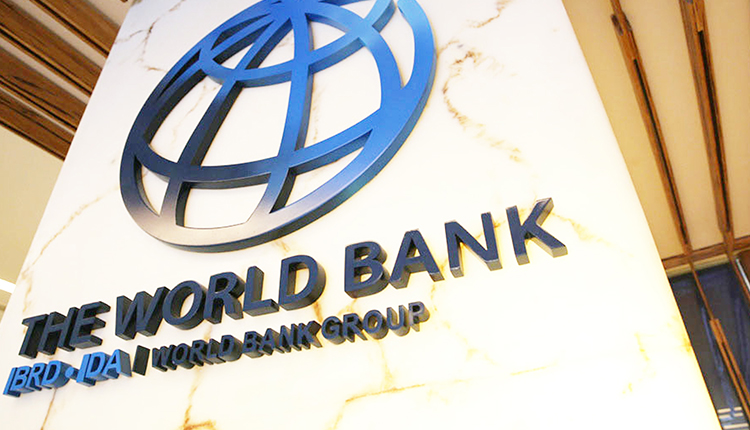The Middle East and North African region is expected to see a 4.2 percent contraction in economic growth by 2020 end as a result of the COVID-19 pandemic, the World Bank Group said in an annual report.
The report was released to coincide with the annual meetings of the International Monetary Fund (IMF) and the World Bank Group from 12 October through 18 October.
The output from the region’s developing-country oil exporters is projected to decline by 5.0 percent as well, while the Gulf Cooperation Council (GCC) members’ economic output is expected to drop by 4.1 percent, according to the report.
The region’s oil importers are expected to see their growth decrease by 0.8 percent due to the broad-based deceleration of tourism, remittances, and other critical sources of revenue, according to the report.
The rate of unemployed young people stood at nearly 25 percent even before the pandemic, according to the report, but is expected to remain stable this year.
Two-thirds of the population of the MENA region are under 35.
The report also projected the costs of the pandemic would reach about 3.7 percent of the region’s 2019 GDP, equivalent to well over $100 billion.
The MENA region remains the world’s least economically integrated region, with intraregional trade accounting for only 10 percent of total trade, the report noted.
To address the pandemic’s repercussions, the report said the World Bank Group is expected to deploy up to $160 billion over 15 months through June 2021 amid the ongoing crisis, including support of $47 billion which the International Finance Corporation (IFC) is expected to extend through June 2021.
The report also said that World Bank Group has provided developing countries with $77.1 billion in 2020 in loans, grants, equity investments, and guarantees, to address the unprecedented pandemic and the global economic challenges, including, $4.8 billion which went to countries in the Middle East and North Africa.
